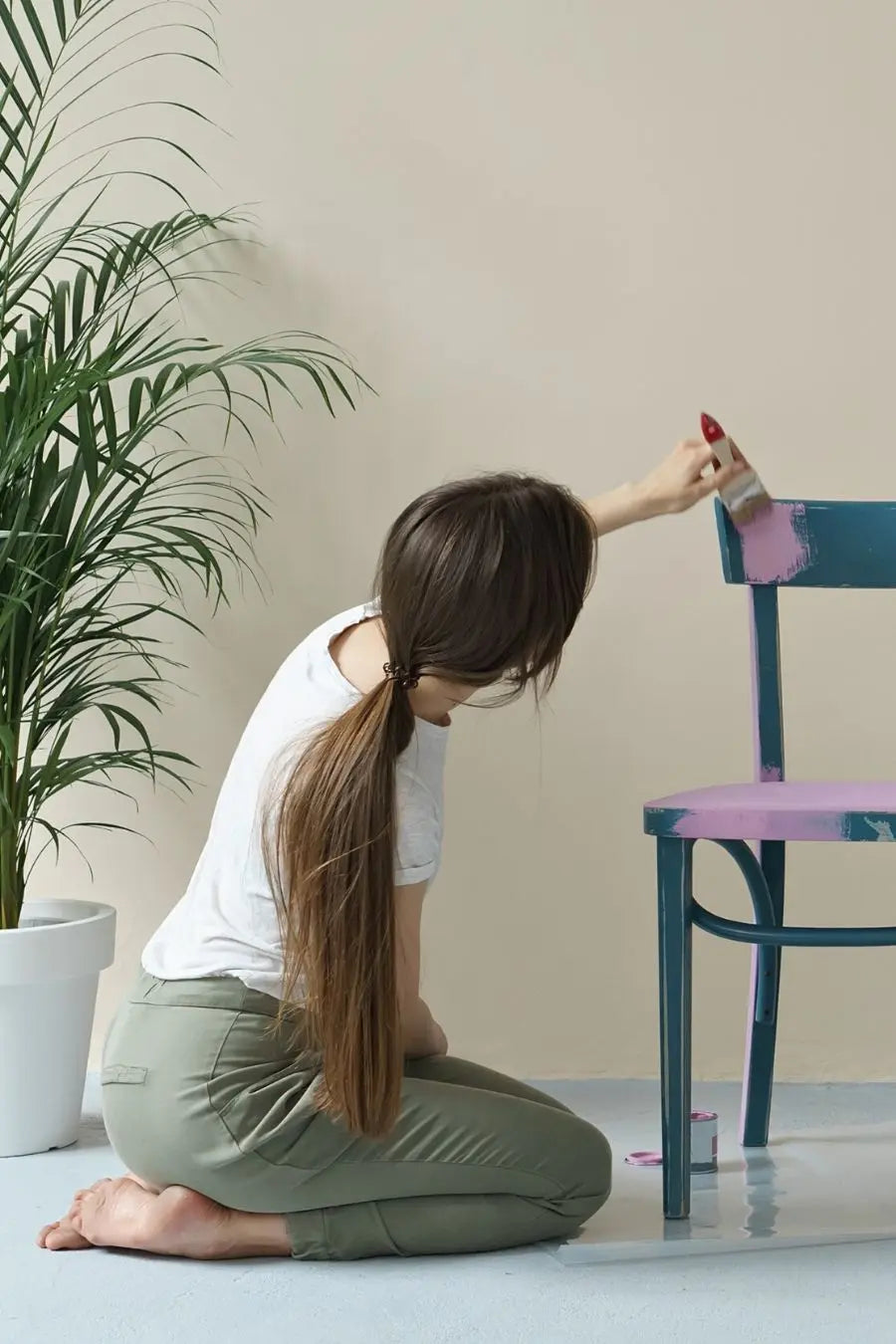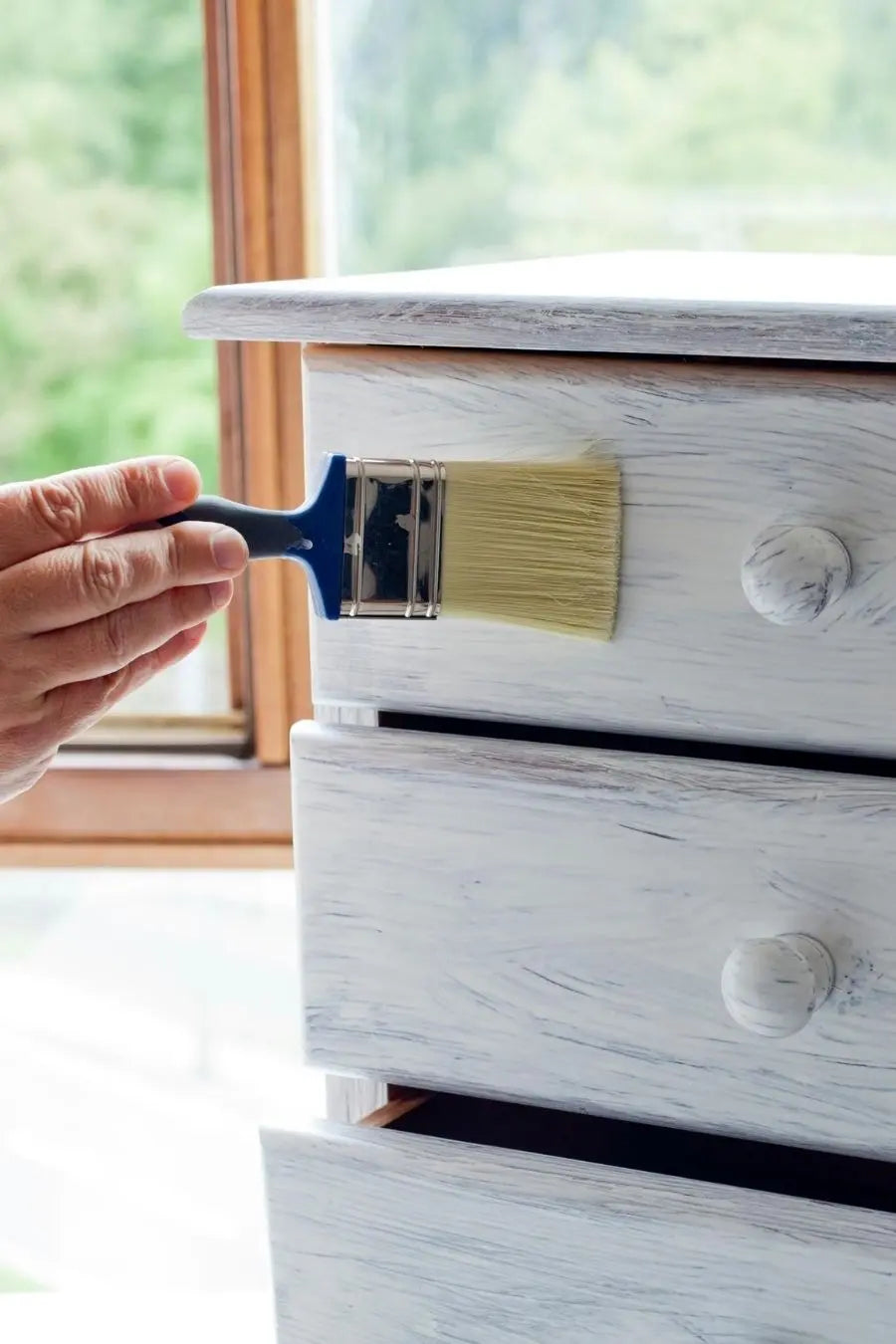Milk paint has become an increasingly popular design trend in recent years, and with good reason. The uses for milk paint are seemingly endless, and it can lend a weathered yet refined look to any piece of furniture. Milk paint is also so popular because it’s very easy to use and available in a wide variety of colors. Despite its popularity, however, some people are still unsure about what milk paint is and how to use it. This brief guide provides a more in-depth exploration of milk paint, including what it is and how to use it for a variety of different home improvement projects.
What is milk paint?
First-time milk paint users are often treated to a bit of a surprise, as milk paint isn’t really paint at all. Unlike other paints, milk paint is a powder. It’s created from limestone, clay, chalk, natural pigments, and, of course, milk protein, which is sometimes also called casein. This powder is mixed with water to create a liquid substance, which you can then easily brush onto furniture, walls, and any other pieces of home décor. Because of its powder base, milk paint can stick to surfaces much better than other types of paint. Milk paint requires little to no priming or sanding beforehand, allowing you to dive into your next renovation project headfirst.
How to apply milk paint
Because no priming or sanding is required, applying milk paint is a relatively simple process. Start by mixing the powder and water together. Your mixture should be composed of one part water to one part powder. Stir the mixture until it’s smooth and has the consistency of coffee creamer. If you find the mixture is too watery, add small amounts of powder until you reach the desired consistency. Likewise, if the mixture is too thick, you can slowly add in water, taking care to stir all the while. Make sure there are no clumps of powder in the mixture, as this will greatly affect the application of the paint.
Uses for milk paint
One of the greatest advantages of milk paint is that you can use it for almost any home improvement project. Give old furniture new life with a quick coat of milk paint, and treat new items to a bit of depth and dimension through a chipped, crackled, or weathered application of milk paint. You can achieve different effects depending on how you apply the milk paint. When applied to raw wood, the milk paint absorbs directly into the wood and creates a solid, flake-resistant finish. When applied to pieces that have been previously painted, varnished, or stained, however, the milk paint takes on a more weathered appearance. You can also achieve a crackle effect by applying direct heat as the paint dries.
At Home Smith, we offer a wide selection of paint products, from milk paint to Fusion Mineral Paint products. Browse our online shop to discover the perfect paints for your next renovation project.



